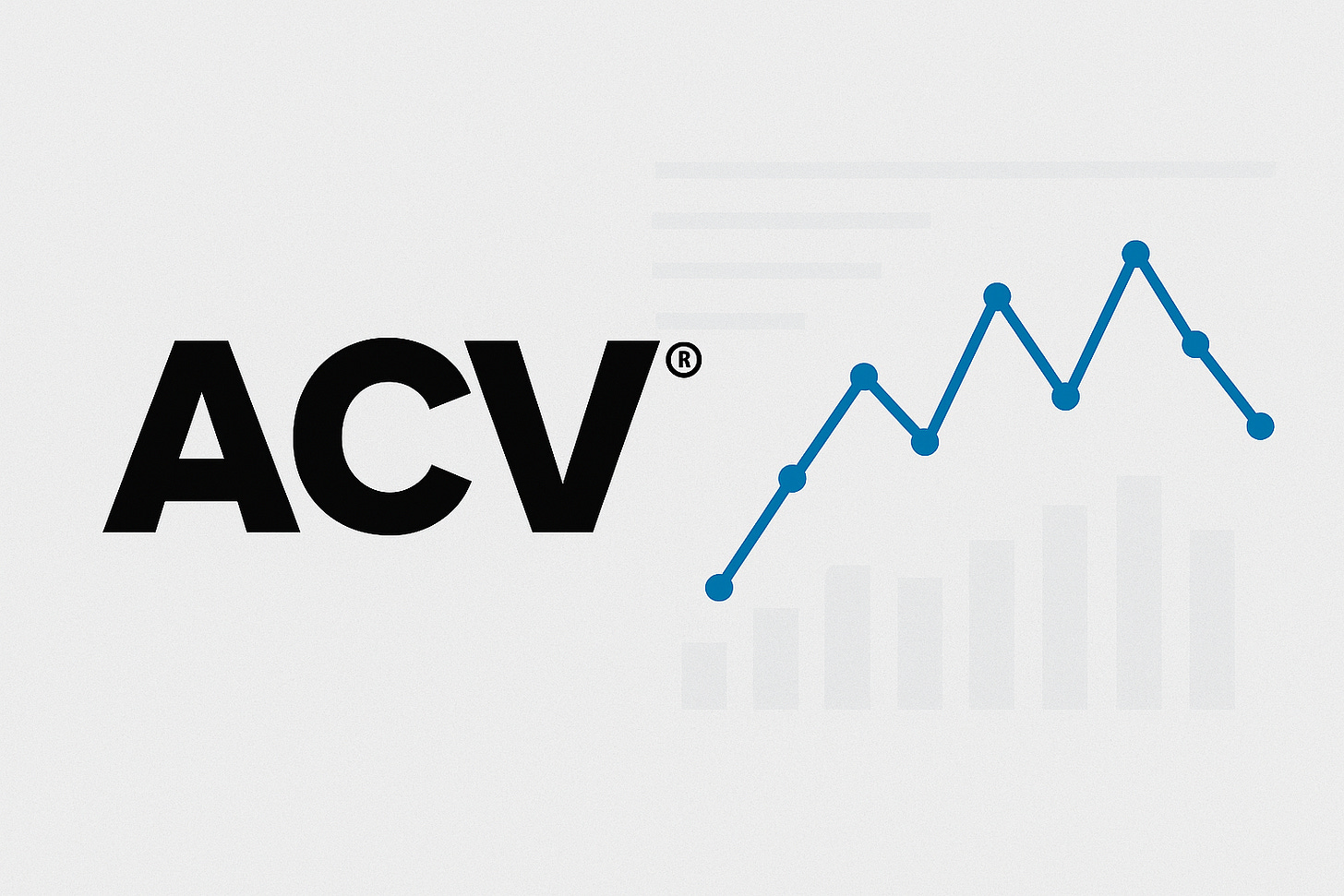Trade Value Fatigue: Why Customers Don’t Believe You and What to Do About It
What’s Causing the Mistrust?
Trade Value Fatigue: Why Customers Don’t Believe You and What to Do About It
By Automotive Risk
You’ve felt it.
You give a customer a fair, market-aligned trade-in value. You walk them through the book-out. You even pull up CarMax and CarGurus to show your work.
But they don’t trust you. They say things like:
“My buddy got more for his car last month”
“I saw this listed for ten grand more online”
Or worse, they just ghost you entirely.
This isn’t new. But it’s getting worse. We’re in the middle of what I call Trade Value Fatigue. And it's killing deals, slowing down desk managers, and feeding a cycle of consumer doubt that no amount of data can fix on its own.
What’s Causing the Mistrust?
Let’s unpack it.
1. Wild price swings since COVID
From 2020 to 2022, used vehicle prices climbed to irrational highs. People sold out of leases early and made money. They watched values rise on their smartphones and social feeds.
Now, even though prices have cooled, their expectations haven’t reset. They are comparing today’s offer to what a neighbor got in 2022 not to what the market supports right now.
2. Retail listings confuse the conversation
Customers shop on CarGurus, AutoTrader, and Facebook Marketplace. They see retail prices not wholesale values and they assume those numbers are what their car is worth. They don’t understand that reconditioning, margin, transport, auction fees, and recon risk all come off the top.
And if your desk isn’t explaining it clearly, you lose the credibility battle before it even starts.
3. Broken trust in the dealership model
Let’s be honest. The industry built this problem over decades. Consumers expect games, pressure, and fine print. So when you give them an honest number, it doesn’t land that way. It lands like a lowball even when it’s not
.
How to Fix It: 5 Tactical Shifts
1. Change the order of the conversation
Don’t save the trade for the end of the deal. That reinforces the idea that it’s being manipulated to close the gap. Instead, address the trade value early and transparently. Start with something like:
“Let’s talk about what your vehicle is truly worth in today’s market, and how that plays into your upgrade options.”
This resets the tone and puts you in the role of advisor, not appraiser.
2. Use real-world, side-by-side pricing tools with the customer
Pull up auction values, wholesale guides, and dealer listings together. Show them the spread between what similar units are listed for versus what they actually sell for at auction or trade. Seeing that delta builds credibility fast.
Avoid tools that feel dealer-facing only. Use transparent, consumer-trusted sources whenever possible. Think Kelley Blue Book trade range, Edmunds, or CARFAX History-Based Values.
3. Explain what happens to their car after the sale
Most customers don’t understand what reconditioning involves. They think their car is ready for the front line. Have your used car manager or buyer walk them through:
Safety and smog compliance
Cosmetic reconditioning
Mechanical inspection
Market prep (photos, online marketing, title work)
When they see that $1,200 to $2,000 will go into their car before it ever hits your lot, they understand why your offer isn’t what they expected.
4. Train your team to avoid apologizing
Never say “I know it’s not what you were hoping for.” That undermines your own credibility.
Instead say,
“This is where the market is today. If it moves up tomorrow, we’ll be the first to tell you. But this number is designed to help you move forward today, with confidence.”
Confidence breeds trust. Indecision breeds doubt.
5. Make the number feel movable, even when it’s not
Leave room for a path forward. If the customer stalls, give them options.
“If you want to try selling it yourself, we’ll hold your offer for 48 hours.”
“If you’ve got equity but want to keep the vehicle, let’s look at a second finance structure.”
You’re not just trying to close a trade. You’re trying to open a relationship. A little flexibility earns a lot of belief.
Final Thought
Customers don’t hate your trade number. They hate not understanding it. And in 2025, with prices changing weekly, that misunderstanding is becoming friction at every turn.
Fix the process. Change the conversation. Train the desk to earn trust because in the age of digital inventory and short attention spans, transparency is the only closing tool that still works every time.




